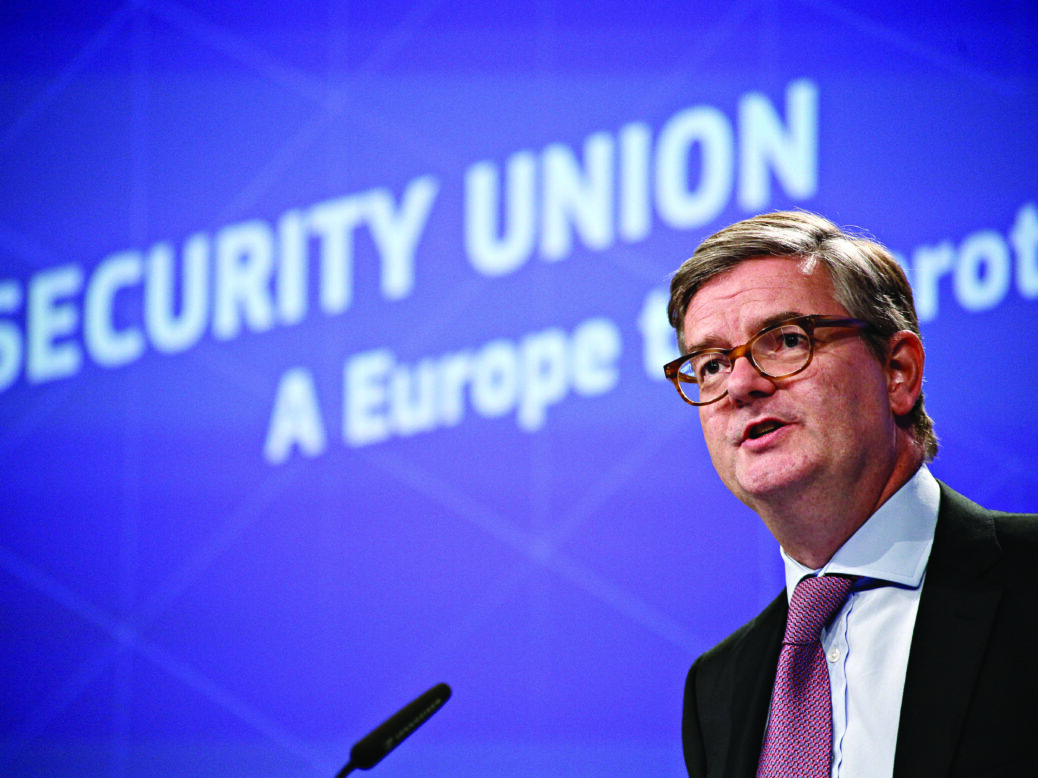
We are justly proud of the new opportunities of online services and networks – but there’s an iceberg that risks holing the digital flagship beneath the waterline, and we’re just beginning to see its tip. Last year, the WannaCry malware attack did not just cause computers to freeze, but entire hospitals to close.
It has brought the issue of cyber resilience into the mainstream of public consciousness and political discourse; though in fact, Europe faces an average of 4,000 ransomware attacks per day. Elsewhere, we’ve seen attacks and other cyber-enabled threats take place for political reasons: hacks targeted at political parties, purposefully orchestrated fake news, and state actors destabilising neighbours with cyber tools and technologies.



